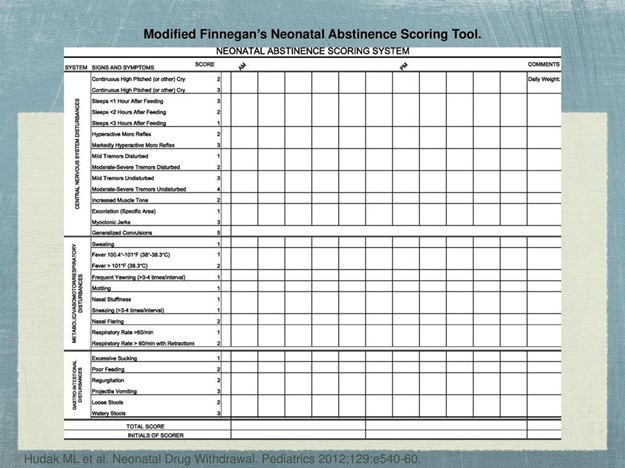The home health nurse is assessing a 17-year-old pregnant client at 34 weeks of gestation who has been diagnosed with preeclampsia. Upon assessment, the nurse finds that the client has gained 2 pounds in the past week and her blood pressure is 144/92 mmHg. Which assessment finding would require further action by the nurse?
Visual disturbances
Frequent voiding in large amounts
1+ pedal edema
One headache in the past week
The Correct Answer is A
Visual disturbances would require further action by the nurse as they can be a sign of worsening preeclampsia and a potential indication for immediate medical attention. The client's recent weight gain and elevated blood pressure are also concerning findings, but visual disturbances are a more urgent symptom. Frequent voiding in large amounts and 1+ pedal edema are common in pregnancy, while one headache in the past week may or may not be significant depending on the context.
Nursing Test Bank
Naxlex Comprehensive Predictor Exams
Related Questions
Correct Answer is C
Explanation
The Finnegan score is a tool used to assess and monitor newborns for withdrawal symptoms related to maternal substance use during pregnancy.

Correct Answer is C
Explanation
A CS4 who has had three prior lower transverse cesarean sections is at the highest risk for uterine rupture. The risk of uterine rupture increases with each subsequent cesarean section, and a history of three or more prior lower transverse cesarean sections is considered a significant risk factor for uterine rupture.
Whether you are a student looking to ace your exams or a practicing nurse seeking to enhance your expertise , our nursing education contents will empower you with the confidence and competence to make a difference in the lives of patients and become a respected leader in the healthcare field.
Visit Naxlex, invest in your future and unlock endless possibilities with our unparalleled nursing education contents today
Report Wrong Answer on the Current Question
Do you disagree with the answer? If yes, what is your expected answer? Explain.
Kindly be descriptive with the issue you are facing.
